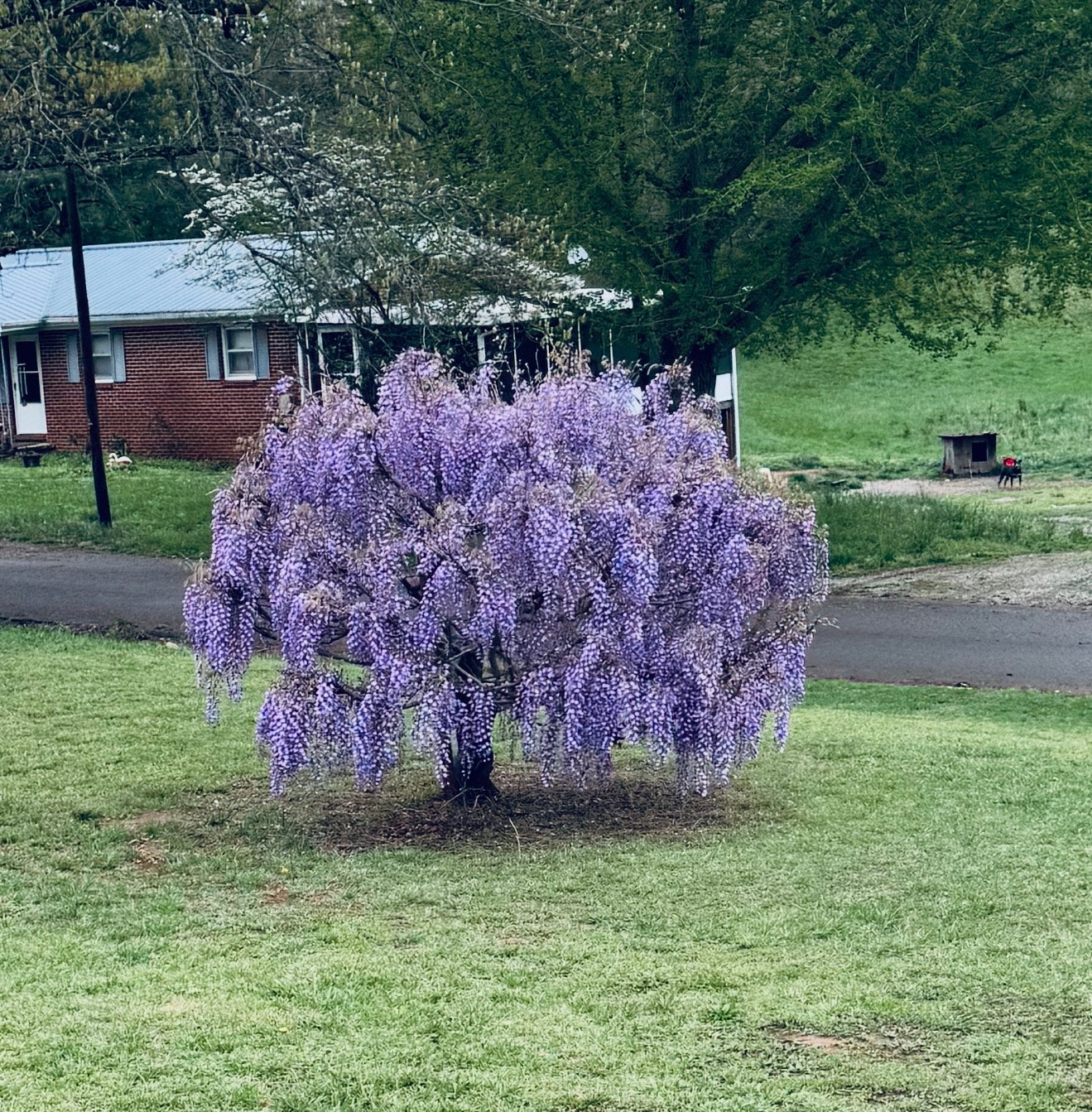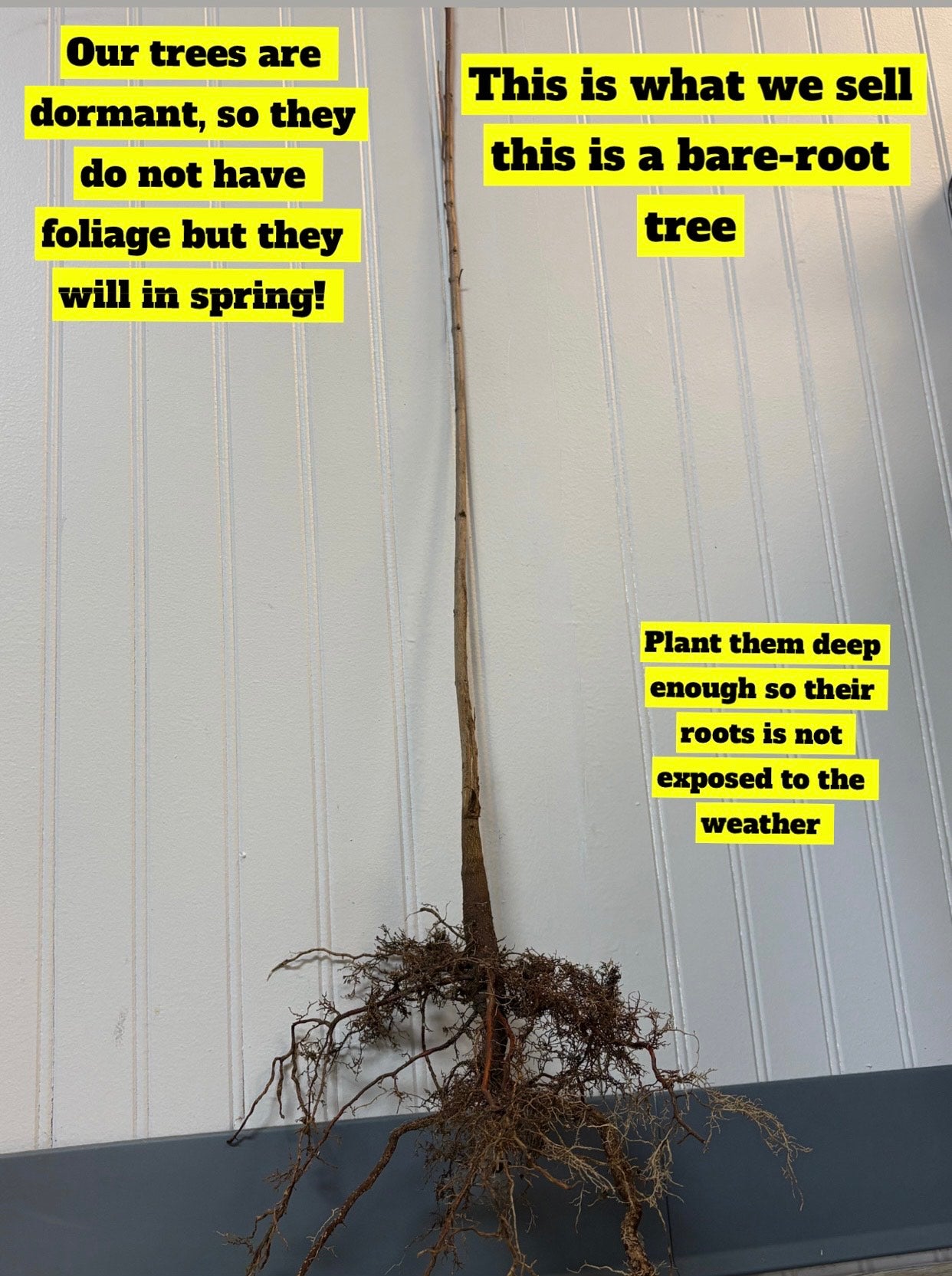Wisteria Trees For Sale
A Wisteria tree is an elegant addition to a garden, admired for its cascading clusters of fragrant flowers that bloom each spring in shades of violet, lavender, or white. Its graceful, drooping blossoms create a breathtaking display that transforms an ordinary landscape into a showpiece.
Beyond its beauty, Wisteria offers longevity and resilience, thriving for decades when properly cared for. The tree also provides shade with its dense foliage, making it both ornamental and practical for outdoor spaces. Its seasonal blooms attract pollinators like bees and butterflies, adding needed insects to your garden.
The Witsteria Blossom is a heavenly, romantic tree whose green vines and lavender blooms climb and hang gently from any surface they come across. This East Asian native is part of the legume family and features long, drooping racemes of flowers that can reach up to 18 inches in length, looking magnificent when climbing a trellis, gazebo, or stone wall. Plant Details – Wisteria Tree (Wisteria Floribunda)
Family: Fabaceae
Light Requirement: Full sun, partial shade
Water Needs: Moderate
Height: 10-25 ft
Spread: 10-35 ft
Growth Rate: Rapid
Soil Preference: Loam, clay, sand, high organic matter
Season of Interest: Spring
Flower Color: Lavender
Fruit: Hairy, flattened pod
Wildlife Value: Bees, Butterflies
Signature Features of Wisteria Trees
Wisteria trees offer cascades of blooming draping from vine-like structures. Their lavender blooms are beautiful on a trellis or anywhere they can climb and grow.
Landscape Uses & Maintenance Tips for Wisteria Trees
With minimal maintenance needs once established, purple wisteria plant rewards homeowners year after year with lush growth and breathtaking floral displays. Whether trained as a tree or allowed to drape naturally, buying a Wisteria tree is an investment in elegance, charm, and timeless garden appeal that will be admired for generations.


